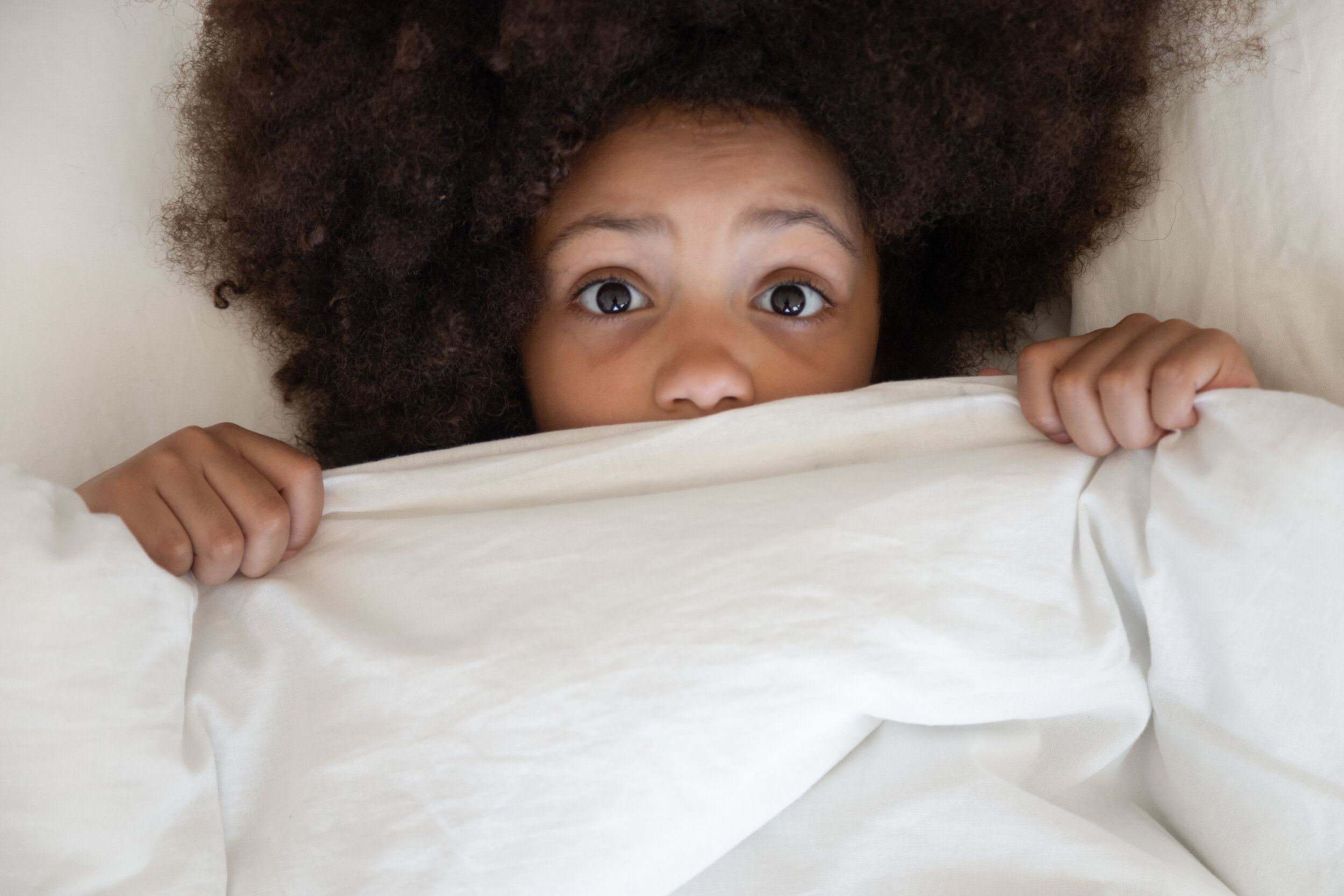Fear and Fantasy
Childhood fear can be tough to combat, especially when the fear is difficult to face like the monster under the bed. Almost two-thirds of preschool age children suffer from the occasional nocturnal fear, however almost 15% suffer from severe and sometimes debilitating anxiety at night. This frequently results in sleep deprivation which has been linked to poor cognitive and academic performance during waking hours.
Researchers at Tel Aviv University conducted a study comparing fearful preschool children to non-fearful children and their ability to distinguish between reality and fantasy.
In this study 112 children ages 3-6 were tested on fearfulness and fantasy beliefs. To do this, researchers asked children about a series of scary and neutral scenarios such as whether “‘A monster frightening a child in the dark’’ or “A woman could sit on a bench to wait for a bus” could happen. Children were then asked to explain why they did or did not believe. Children were additionally asked about fantasy entities, such as fairies, monsters, and fictional characters.
This study found that children suffering nocturnal fears also expressed more general fear compared to non-fearful preschoolers and more behavioral issues as reported by their parents. Further, fearful children also demonstrated more difficulties parsing out situations that were real and just imaginary. This finding might suggest that helping children learn the difference between possible and impossible events may be an effective intervention against preschool bedtime fears.

